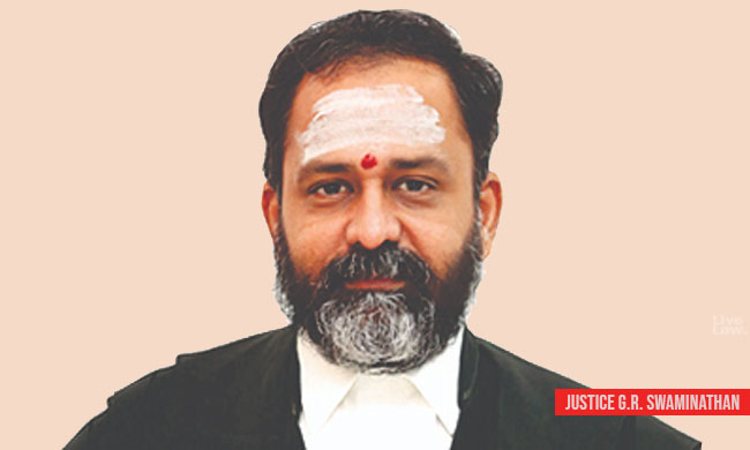Proof Of Will & Presumption Under Sec 90 Of Evidence Act : Some Conflicting Decisions
Justice G R Swaminathan
22 April 2020 9:09 AM IST

Next Story
22 April 2020 9:09 AM IST
Is Bharpur Singh v. Shamsher Singh (2009) 3 SCC 687 followed in M.B.Ramesh v. K.M.Veeraje Urs (2013) 7 SCC 490 per incuriam ?Thanks to Corona lock down, the legal profession has seriously turned to academics. Bar Associations and law offices are hosting webinars on a daily basis. This is a wholesome trend. Prof.Upendra Baxi while commenting on the Kesavanda Bharati judgment wrote...
